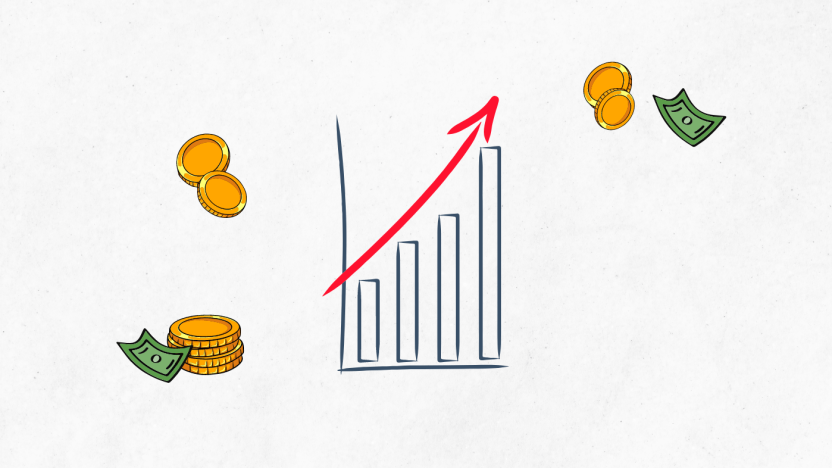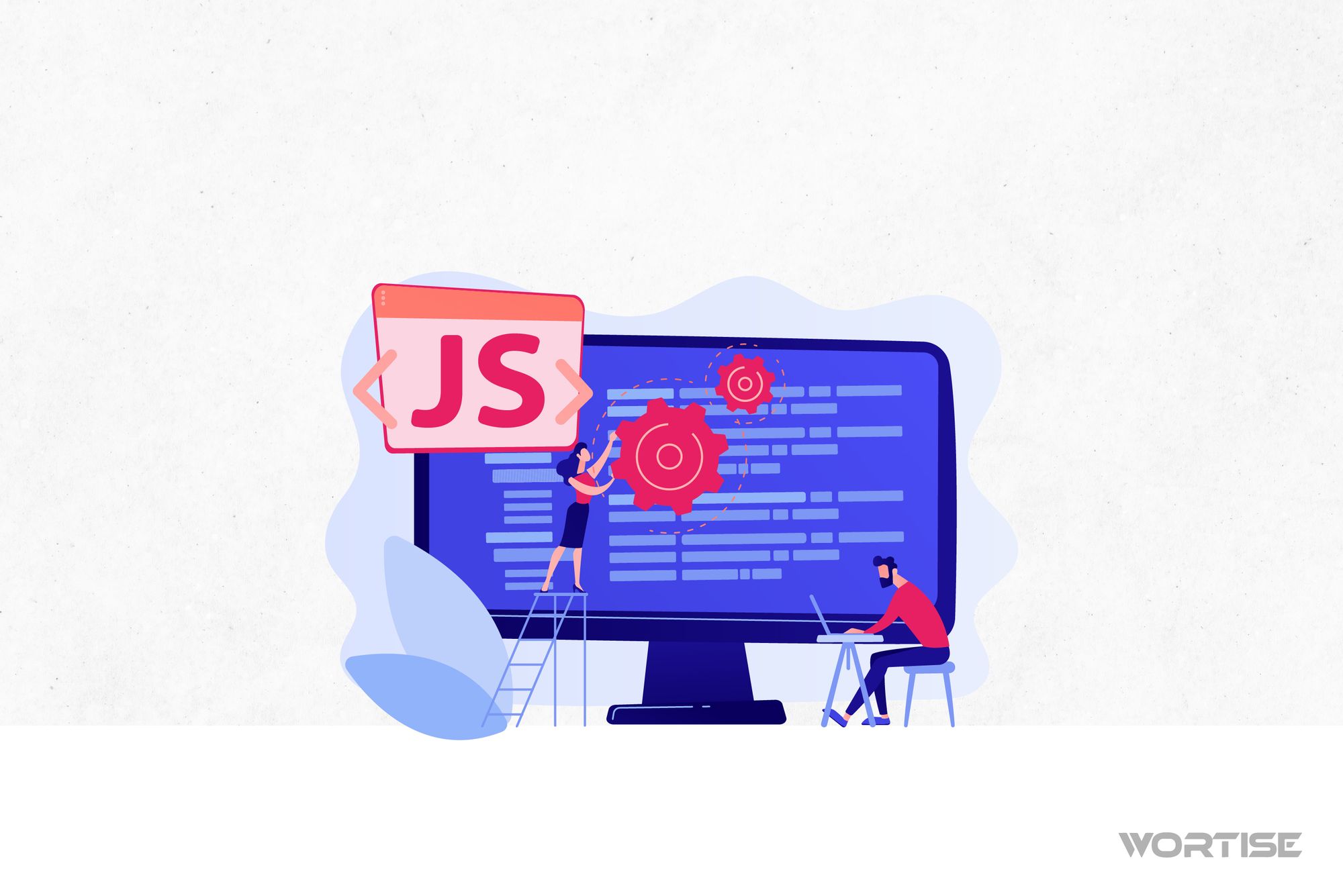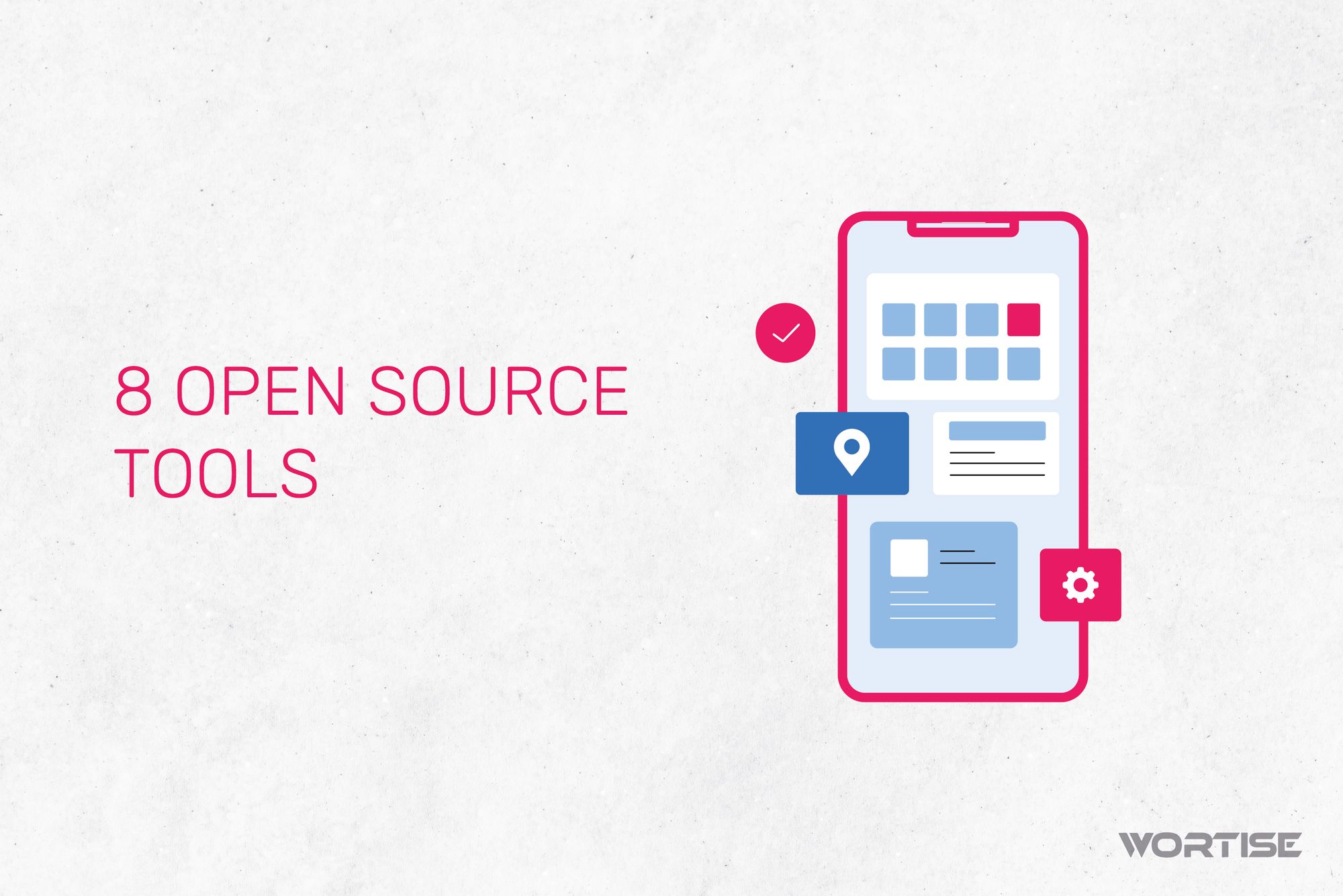Have you ever wondered why some ads generate a lot of revenue while others barely make your cash register ring? Although there are many variables in the equation, one you can’t ignore is the pricing model. By choosing the right one, trust us, you’ll make a difference in terms of profitability. To understand how to do it, the first thing is to take note of these possibilities: CPV, CPM, CPA, and CPC.
Yes, we know that at first glance it may seem like a tongue twister, but it really isn’t. Let’s start by translating:
• CPV (Cost Per View)
• CPM (Cost Per Thousand Impressions)
• CPA (Cost Per Acquisition)
• CPC (Cost Per Click)
As you can see, they are more than just acronyms; they are strategies that can make or break your campaign. In this article, we will analyze each of these models, their advantages, disadvantages, and in which situations they provide the best results.
What are pricing models?
When we talk about a pricing model, we refer to the action that generates payment for the advertising displayed on your platform. Generally, these main parameters are taken into account:
• Impressions: Occur when a user views the advertised content, nothing more.
• Clicks: Counted when the user clicks on the ad and accesses the advertiser’s link, even if it’s accidental or if they don’t proceed with any other action on the redirected link.
• Conversions: Recorded when a user accesses the ad and performs some additional action on the advertiser’s link. It can be a purchase, a registration, a subscription, among others.
Based on these three concepts, a good part of the pricing models that you can apply in an app or website that displays advertising is defined.
There are marked differences in return for each model since a glance at the ad cannot generate the same revenue as a direct purchase, so the choice is not so easy and depends on many other factors that we will explain below.
But before analyzing what type of pricing model is most convenient depending on the situation, let’s review what each model means:
CPV (Cost Per View):
Among the pricing models, this is the most direct and basic. Payment is made exactly for each viewing of the advertising. What happens after the user sees the ad doesn’t matter for payment.
This allows the advertiser to know precisely how much money they should pay each time their ad reaches a user, which offers certain advantages when planning advertising campaigns.
However, it is not the most common mechanism because it does not set any specific goal for payment. If the ad is only viewed 10 times, the same cost applies, unlike other models that we will see below.
How is the CPV cost calculated?
For the different pricing models, formulas are applied to determine the size of the investment that the advertiser must make (on which the publisher’s earnings depend) to maintain their advertising for a certain period or until achieving an objective.
In the case of the CPV model, it is the simplest and most direct formula of all, as CPV = Total Cost ÷ Number of views. This will result in the price the advertiser pays per impression.
CPM (Cost Per Thousand Impressions):
As the name suggests, this metric refers to the price the advertiser must pay for their ad to be seen a thousand times. That is, to have a thousand impressions.
For the publisher, this translates into receiving money for every 1,000 times an ad is displayed in their advertising space.
With this pricing model, the focus is on visibility. The more reach the app and the ad have, the higher the earnings. It rewards massiveness and not the effectiveness of the ad in terms of clicks or conversions.
Generally, advertisers turn to this pricing model when the goal of the advertising campaign is to position the brand, increase its visibility.
For the publisher, it is a convenient monetization model when their platform has good traffic, as reaching a thousand impressions can be easier.
In this sense, it is convenient to carefully review the app’s numbers to determine if the traffic is good enough to choose this model.
For the advertiser, it is also necessary to evaluate how long it will take to reach their goal, since once they reach the desired number of impressions, it will expire and they will need to increase their investment if they want to prolong the exposure of their advertising.
How is the CPM cost calculated?
When creating their campaign, the advertiser defines the amount they want to invest in their advertising under the CPM model. In this way, they calculate the payment they have to make for a certain number of impressions.
Let’s suppose that the advertiser has a goal of 50,000 impressions for their campaign and that the price per CPM is $5. As we want to know the cost, we use the following formula: CPM = Total Cost ÷ (Impressions ÷ 1,000).
Since we want to find out the total cost and not the CPM, which we already have, we have to isolate it. The CPM replaces the Total Cost in the formula and becomes a multiplier instead of a divisor. Therefore:
Total Cost = CPM x (50,000 ÷ 1,000)
Total Cost = $5 x 50
Total Cost = $250
The total cost of the campaign to achieve 50,000 impressions at a CPM of $5 would be $250. This amount is recorded in ad networks and ad mediation platforms like Wortise find the best-paying ads.
CPA (Cost Per Acquisition):
The most expensive pricing model for the advertiser and perhaps the one that yields the most results is CPA, as it conditions payment for advertising to the final result of the campaign, that is, for the user to purchase the advertised product, subscribe to the service, download material, or any other measurable goal.
With this mechanism, the number of people who view the advertising is put aside, as the important thing is that those who consume the ad go beyond and perform the action that the advertising invites them to do.
The advertiser risks little in this type of business, as they must ensure that their goal is met to make the payment. It is for this reason that the cost of CPA is higher than that of other pricing models.
How is the CPA cost calculated?
Under this model, the advertiser must define a total amount to be paid, which will reach a certain number of acquisitions. Let’s suppose that the total investment is $5,000 to cover about 300 acquisitions.
To calculate the cost of CPA, the following formula is used: CPA = Invested Amount ÷ Total Number of Acquisitions. Therefore:
CPA = $5,000 ÷ 300
CPA = $16.6
In this hypothetical example, each acquisition made through advertising would have a value of $16.6. The advertiser must assess whether it is convenient to pay that amount for each sale they make, subscription they register, or download they achieve.
In the case of the publisher, income is not guaranteed even if the advertising is consumed massively. Everything depends on the user and their intention to acquire what is advertised.
CPC (Cost Per Click):
Finally, we have the CPC, a pricing model that takes into account the number of times the hyperlinked link in the advertising is visited to pay the publisher.
It is an intermediate point since it does not require the user to acquire the product or service offered by the advertiser, but it is also not enough for them to just view the advertising.
Being at this midway point, its price is also intermediate. For the publisher, the CPC offers higher earnings than CPV or CPM, but less than CPA. However, it is important to note that this mechanism also depends exclusively on the advertising consumer and their interest in accessing the advertiser’s link.
CPC has many advantages, especially in metric analysis, as it can measure how much interest the ad generates and calculate the number of clicks that later convert into acquisitions.
How is the CPC cost calculated?
To calculate the CPC cost, another simple formula is used, in which CPC = Total Cost ÷ Number of clicks. In the hypothetical case that the campaign costs $1,000 for a total of 500 clicks, we would have:
CPC = $1,000 ÷ 500
CPC = $2
In this example, each time a user accesses the advertiser’s link, they would spend $2.
How to choose your pricing model?
We’ve reviewed the different models available for monetizing with programmatic advertising in your app. Now comes the good part: Which one to choose? Is one better than the other? Is there a superior pricing model that guarantees high profits?
Unfortunately, the answer is not so simple. The fact is that if these different models are maintained, it’s because each of them has utility in one way or another.
For the advertiser, choosing each of these methods depends largely on the intention of their campaign and the budget they have. If they are focused on selling and have a large budget for advertising, CPA could be the best option; but if, on the contrary, they are more focused on giving visibility to their brand, CPM ensures that their investment will guarantee that their ad reaches as many people as possible.
But that’s up to the advertiser. For you, the publisher, what is the best model to implement monetization in your app? Well, it largely depends on the characteristics of your application and the content being advertised.
If you have high traffic in your application, any cost-per-visibility scheme will ensure a good return. In this case, massiveness matters more than the effectiveness of the ad.
On the other hand, low traffic may require more sophisticated strategies to increase revenue through advertising. Ad effectiveness is key, but the app can also play a role in this aspect.
The type of ads displayed in the app can be important. If you enable interstitial ads, for example, they may harm the user experience, but you will ensure that they pay attention to the advertising and, therefore, increase the chances of them accessing the link, sometimes even accidentally. So CPC would make more sense.
Sales are more complicated because they depend a lot on how attractive the product or service offered by the advertiser is to the user. But the compatibility between the content of the app and the ads displayed can be a key aspect.
For example, if your app is a game and an app for organizing work activities is advertised, your game’s target audience probably won’t be attracted to the advertised service. If, on the other hand, the ad is for a store selling components and accessories for gamers, it increases the likelihood of them clicking on the link and buying a product.
So you should think carefully, always considering the numbers of your app, which pricing model is most convenient for you and with which you could generate higher income.
Boost the effectiveness of advertised content with Wortise
Whatever pricing model you enable, you will need an ad mediation platform capable of selecting suitable ads to display in your app.
Wortise offers you meticulous segmentation tools to show ads to the most suitable audience and thus improve ad effectiveness. Our mediation platform has access to more than 100 ad networks, from which it selects the best possible bids so that your earnings are always above average.
You will have access to the most detailed real-time metrics, you can choose the advertising format you prefer to be displayed in your app, and you will have specialized support at all times.




